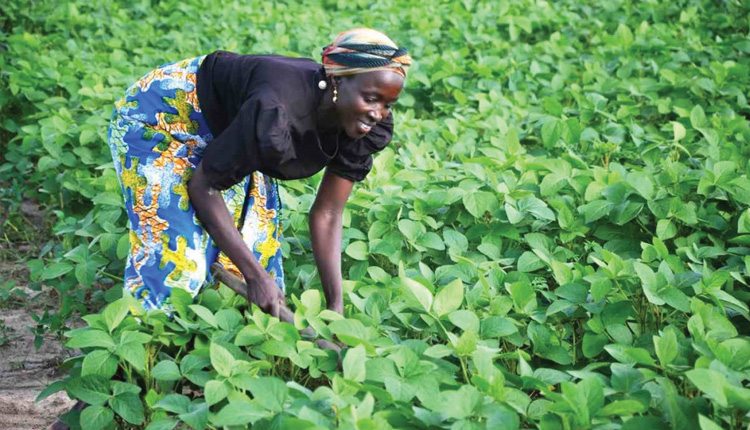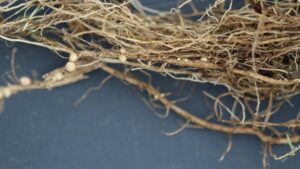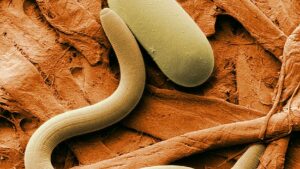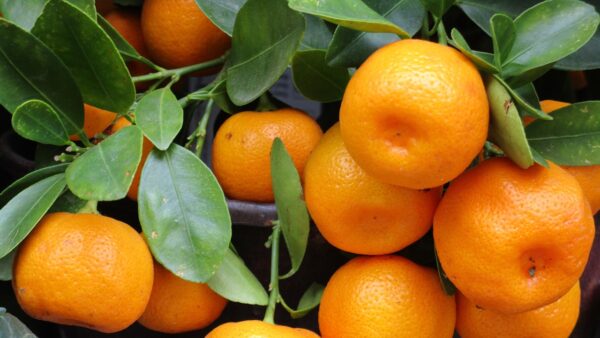Last fall, three African soybean breeders visited the University of Missouri and University of Illinois, in collaboration with the U.S. Soybean Innovation Lab (SIL), to observe advanced plant breeding techniques and program management approaches.
Soybeans are considered to be a recent introduction to Ethiopia. While early forays took place in the 1950s, it wasn’t until 2002 that breeding programs emerged and a means to govern varietal releases was established.
Abush Tesfaye made his first soybean cross in 2010 while pursuing his doctorate. Today, he is responsible for coordinating all crop research activities at Ethiopia’s Jimma Agricultural Research Center. He coordinates pulses, oil and fiber research and serves as the Soybean Innovation Lab coordinator. Like many in the developing world, he is spread much too thin to maximize his contribution to plant breeding.
The take-away message for Tesfaye from his U.S. visit? In his words: “I considered selection of 200 single plants from segregating populations of 9×9 bi-parental crosses a very high number. They [Illinois and Missouri researchers] select 10,000 to 15,000 single plants from nearly the same size of bi-parental crosses … My visit completely changed my understanding.”
Challenge Accepted
Viewing soybean as a very important crop, Godfree Chigeza, already a successful maize breeder, accepted the challenge of becoming the Zambian-based southern Africa regional soybean breeder for the International Institute of Tropical Agriculture (IITA).
But first he had to establish research field sites. Field sites had to be carved out of existing forest and non-productive parcels of land and readied for research. All the while, those first-season efforts were bombarded with excessive rainfall and then not near enough.
Chigeza’s major focus is to develop high yielding and stable varieties with tolerance to abiotic stresses and biotic stresses. “Soybean breeding and deployment for Africa, and packaging technology in the seed in the form of improved varieties, is the most effective method of reaching smallholder farmers,” he says.
IITA encouraged a seasoned professional to willingly modify his career. This shows the potential of the global pool of highly trained and motivated professionals.
Different Paths
In Ghana, based at the Savanna Agricultural Research Institute (SARI), is SIL project leader Nicholas Denwar. He cites the lack of diversity in the available soybean gene pool as a major problem. Low latitude soybean adaptability being a limiting factor, progress is being made by crossing local adapted varieties with others exhibiting some degree of low latitude adaptability.
Denwar is nearing completion of his third SIL crop cycle and expects to soon harvest F5 soybeans from initial crosses. From this, he will select candidate lines for inclusion in his 2017 preliminary yield trial program.
The number of trial entries in his program has increased, and he now employs the use of mechanical threshers. Due to the recognized importance of inoculants in soybean cultivation, he evaluates elite lines and pipeline varieties for their response to commercially available sources of rhizobia.
“Demand for soybean seed is increasing in northern Ghana; therefore, the breeding program is positioning itself to provide the needed breeder seed of commercial varieties, while enhancing its capacity to develop competitive new varieties,” Denwar says.
A burning desire exists within Denwar, Tesfaye and Chigeza to breed better soybeans. Yet, the pathways they must follow to achieve success will undoubtedly differ.













